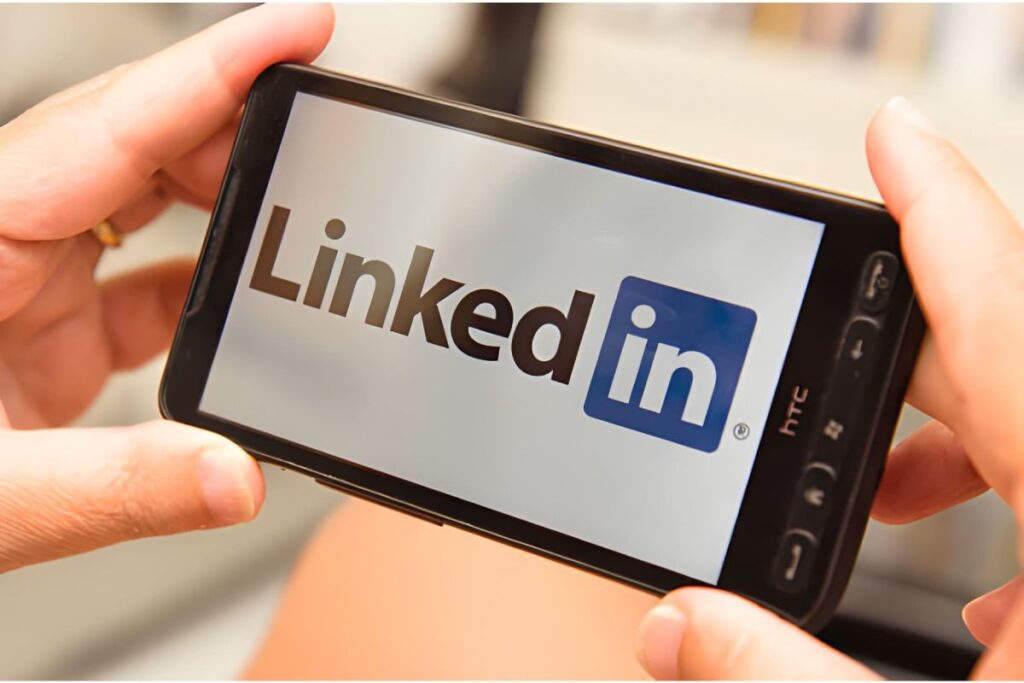Table of Contents
The Hidden Growth Hack for Agencies
Growth is often sold as a simple formula: more clients, more staff, more revenue. But agency owners know it’s rarely that linear. Scaling means juggling recruitment delays, rising payroll, and inconsistent delivery capacity. That’s why many agencies are quietly turning to white-label partnerships—particularly for LinkedIn advertising—to grow smarter, not harder.
White-label LinkedIn ad services allow agencies to outsource campaign strategy, management, and optimization under their own brand. It’s an elegant solution to a messy problem: expanding client offerings and output without increasing internal overhead.
Why LinkedIn Ads Are a Resource Drain
LinkedIn is a goldmine for B2B growth, but it’s also a platform that demands nuance. Unlike Facebook or Google, where volume rules, LinkedIn thrives on precision. You’re not chasing clicks; you’re courting decision-makers. That requires understanding audience hierarchies, layering first-party data, and iterating creative that resonates with niche segments—work that doesn’t scale easily across dozens of clients.
Agencies that try to handle all of this in-house often hit a breaking point. Senior strategists become bogged down in campaign tweaks. Creative teams get overwhelmed by ad variant requests. Account managers spend more time explaining metrics than crafting strategy. Eventually, quality slips—and with it, client confidence.
This is where white-label solutions change the game. By partnering with a specialist team that already knows the platform inside out, agencies can expand their service offering instantly—without a single new hire.
What White-Label LinkedIn Ad Management Actually Looks Like
A good white-label setup isn’t just about outsourcing; it’s about integration. The external team operates under your agency’s name, using your systems, tone, and workflows. To your client, it’s all seamless. Behind the scenes, you gain access to deep platform knowledge, a proven campaign structure, and continuous optimization expertise.
Here’s how the process usually flows:
- Client Intake – Your agency handles discovery and onboarding.
- Strategy Development – The white-label partner builds out campaign architecture and creative direction.
- Execution – Ads are launched, managed, and optimized continuously.
- Reporting – Performance data is branded under your agency and presented with actionable insights.
This structure turns a single in-house marketer into a full-fledged LinkedIn performance team overnight. It also keeps margins healthy—since you’re not absorbing salary, software, and training costs.
The ROI of Staying Lean
Beyond cost efficiency, white-labeling preserves what clients value most: results. Instead of stretching internal teams thin or hiring reactively, agencies can maintain consistent quality across every account. That consistency builds retention, trust, and referrals—the real drivers of agency growth.
There’s also a psychological benefit. When your team isn’t firefighting campaigns, they can focus on higher-order strategy, business development, and client relationships. That shift from “doing” to “directing” is where true scalability begins.
Quality Control: The Non-Negotiable
Of course, not every white-label provider delivers at the same level. The wrong partner can damage your reputation faster than a bad campaign. The key is finding one that aligns with your agency’s voice, values, and attention to detail.
Look for teams that provide transparency—weekly performance snapshots, clear rationale behind optimization decisions, and shared access to ad accounts. The partnership should feel like an extension of your agency, not an outsourced vendor.
You also want someone fluent in data-backed iteration. LinkedIn’s algorithm rewards consistency and feedback loops, so your white-label team should be optimizing frequently, testing variations, and analyzing results beyond surface-level metrics like CTR.
Tools That Power the Partnership
A sophisticated white-label partner often brings more than manpower—they bring technology. From real-time dashboards to predictive analytics, these tools amplify campaign performance and accountability.
For example, a linkedin ad optimization tool can help streamline bid adjustments, creative testing, and audience segmentation—allowing campaigns to evolve automatically as data accumulates. While your agency focuses on strategy and storytelling, the system handles the fine-tuning behind the scenes.
Integrating these technologies through your white-label provider ensures your agency benefits from cutting-edge automation without having to invest in complex software subscriptions or training.
How Agencies Keep Clients Close While Outsourcing
Some agency owners hesitate, fearing clients might notice the shift. The truth is, white-labeling works best when transparency and communication stay strong. Clients care about outcomes, not who presses “publish.”
That said, keeping a layer of strategic control in-house helps preserve authenticity. Your team should still lead quarterly reviews, align messaging with brand tone, and interpret insights in a way that fits each client’s business context.
Think of it like this: the white-label team manages the engine; your agency steers the vehicle. Both are essential for the ride to be smooth.
Why White-Labeling Is the Future of Agency Growth
The agency landscape is moving toward modular collaboration. Clients expect multi-channel expertise, yet most agencies can’t afford full-time specialists for every platform. White-labeling bridges that gap—creating a distributed ecosystem where expertise is shared, not siloed.
Instead of expanding physically, smart agencies expand strategically. They grow through partnerships that allow them to remain lean, flexible, and profitable.
White-label LinkedIn ad services embody that principle perfectly. They enable agencies to scale campaigns, deliver enterprise-level results, and strengthen client loyalty—all without increasing headcount.
The Takeaway
Scaling doesn’t have to mean hiring sprees or burning out your team. It can mean expanding your capabilities through collaboration, technology, and smart delegation.
If your agency is reaching its bandwidth limit, exploring a white-label partnership might be the growth lever you’ve been overlooking. It’s not about outsourcing—it’s about evolving. The agencies that embrace that mindset will be the ones quietly outpacing everyone else.

